23 June, 2017 By: Nigel Bowen
With battery technology leaping forward, everything from your car to home and life will soon be battery operated. Do you know your lithium-ion from your nickel-metal hydride? We explain what’s out there.
In-home battery storage units that can power your home, are already on the market.
Cost has been the biggest hurdle. With many systems starting at $10,000, not including extras or the actual solar panels, they are prohibitive for many people.
However, that is all about to change. A race is on between global manufacturers to be the first mover in this future market, which will improve technology, cut production costs and make the cost saving calculations more enticing for households with large energy loads.
The big mover is Tesla who plans to double the world’s overall production of lithium-ion batteries by 2018 at its $5 billion Gigafactory in Nevada. Tesla has just released its second model of in-home battery in Australia which, in a sign of the coming times, offers double the storage yet for the same price as the original model.
So, a battery run future is coming. To get you up to speed, here’s a guide to the different types of batteries and how you can use them.
Lead-acid batteries
This type of battery has been around for decades, typically found in your petrol or diesel car. The performance of lead batteries is well-understood, predictable and relatively safe with well-established procedures for disposal and recycling. They’re also cheaper than other battery technologies. The downside is that, with a shorter life span and poor energy storage capacity they’re not suited to EVs or homes.
Pros: They’re very affordable.
Cons: They don’t work well in the cold, don’t last long, take up a lot of space, need good ventilation, and are environmentally unfriendly.
Who do they suit: This older technology is not overly applicable for domestic use but is widely used in off-grid agricultural applications. They may be a good ‘entry level’ solution for those who are keen on home energy storage but don’t want to make a large investment yet.
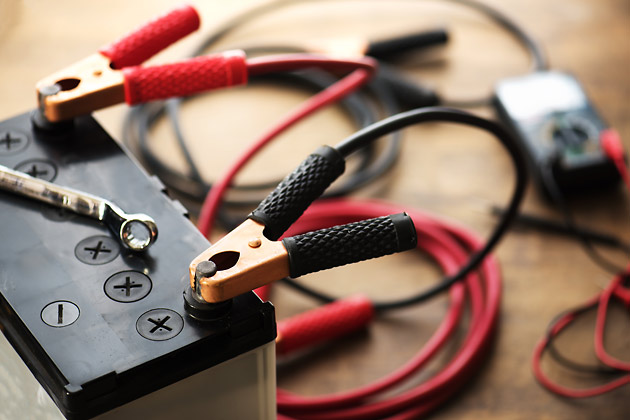
Nickel-metal hydride batteries
NiMH or nickel-metal hydride batteries are commonly used in desktop computers and many of the medical devices your doctor uses.
Although they fall short of the lithium-ion battery in terms of energy density and cost, the higher safety profile and first-rate cycle life of NiMH batteries has seen them dominate the hybrid electric vehicle market.
Pros: A longer life cycle than lead-acid batteries, plus they’ll keep working in rough conditions.
Cons: They’re expensive and can generate a lot of heat in certain situations. They also have a high self-discharge rate (which means they lose energy quicker than other batteries when they’re not being used).
Who do they suit: At the moment there is little domestic application other than in hybrid vehicles. Research is underway to boost NiMH capacity which could translate to future uses.
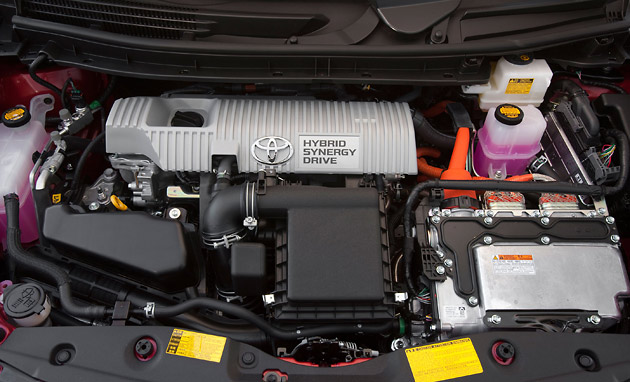
Lithium-ion batteries
This type of battery technology is most likely already powering your mobile and laptop. Most of today’s EV’s use lithium-ion batteries due to their long life and impressive energy storage capacity.
The Tesla Powerwall and Powerpack batteries, which allow home and business owners to store renewable energy, are lithium-ion batteries. Current high costs are a barrier, but with prices expected to drop, Australians may embrace them as enthusiastically as they have solar panels.
Pros: They pack a lot of power into a small space.
Cons: Despite mass production lowering costs, they’re still relatively expensive.
Who do they suit: Households after a battery storage system that can provide relatively large amounts of power instantaneously (i.e. a battery that will ramp up quickly) and who are willing to invest more money.
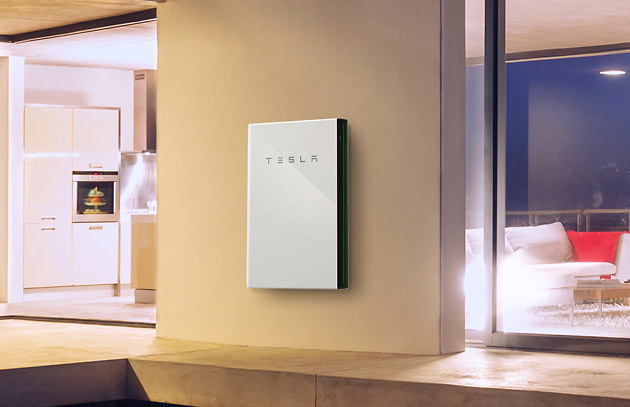
Flow batteries
Flow batteries could be the next big thing – in fact, they’re seen as the challenger to lithium-ion batteries. How do they work? Liquid electrolyte solutions are stored separately, and when they flow next to each other they produce power. Australian company Redflow designed the ZCell, the “world's smallest flow battery”, which was launched in 2016 and works in both home and business energy storage systems
Pros: The battery can be fully discharged without affecting its life span (100 per cent depth of discharge). They’re considered to be safer and more environmentally friendly than other types of batteries.
Cons: With a shorter life span than lithium-ion batteries, price might be an issue. The heavy weight of the batteries also better suits them to large-scale applications.
Who do they suit: People who are keen on cutting-edge technologies. However. they’re also great for stand-alone systems or remote applications.
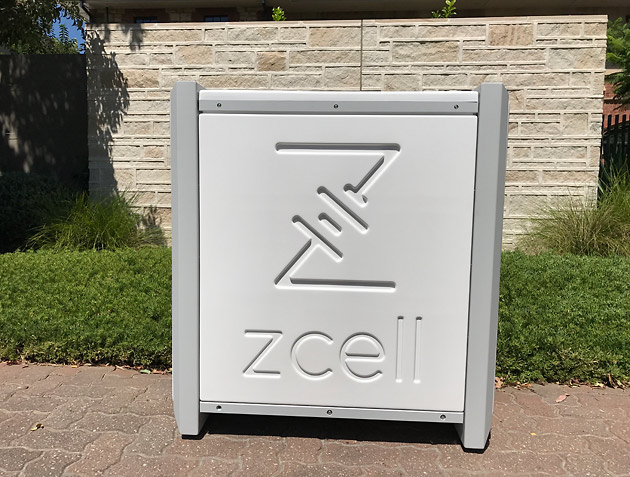
Lithium-vanadium phosphate batteries
This battery type has yet to truly hit the market, but could potentially revolutionise the battery storage market. Also known as vanadium redox flow batteries, their design is envisioned as a safer and more powerful version of the lithium-ion battery. It’s even thought such technology could rival the performance of a gas engine.
Pros: V-flow batteries are safer, cheaper, reusable over semi-infinite cycles, discharge 100% of the stored energy, can be stored in containers and do not degrade for more than 20 years.
Cons: The first generation of vanadium batteries are constrained by their size, and temperature and storage capacity concerns.
Who do they suit: The batteries are best suited to industrial and utility scale applications given the size of the battery, scalability and long asset life. The first of its kind in Australia was installed in Busselton, WA.
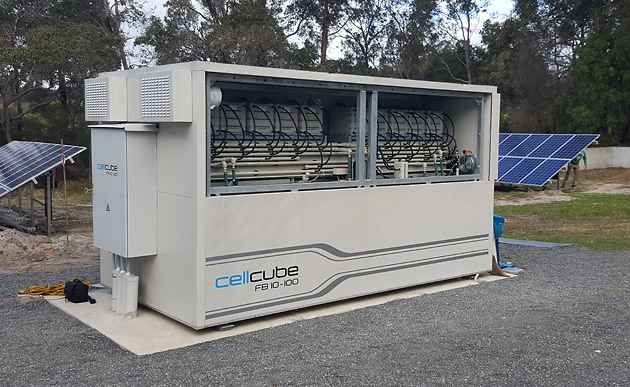
Ultracapacitors
Sometimes called supercapacitors, these marvels store energy in a polarised liquid between an electrode and electrolyte. In layman’s terms, this means your hybrid or all-electric vehicle can gain power, especially when climbing hills.
Pros: They partner well with lithium-ion batteries in electric vehicles, helping them level load power. They can be used to recover braking energy, and deliver quick surges of power.
Cons: Ultracapacitors are unable to store much energy or generate much voltage.
Considering an EV? Get a discount on your car loan interest rate.
Get 0.50% p.a. off your car loan interest rate when you buy an electric vehicle.
T&Cs: Discount applies to fully electric new and used vehicles, excludes Hybrid vehicles. Offer is subject to RAC Finance Lending Terms and Conditions. Fees and charges apply. Australian Credit Licence 387972.
